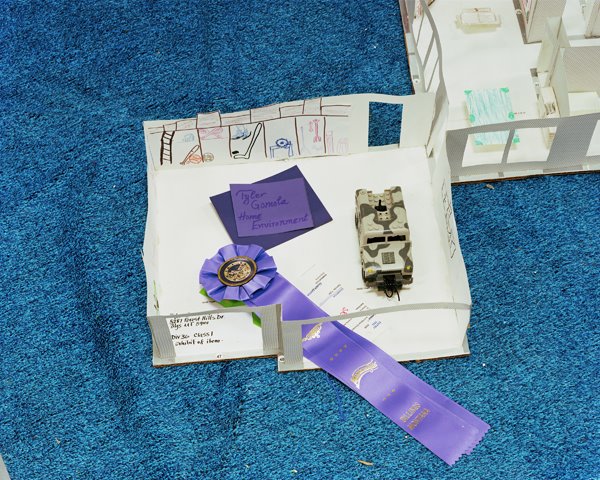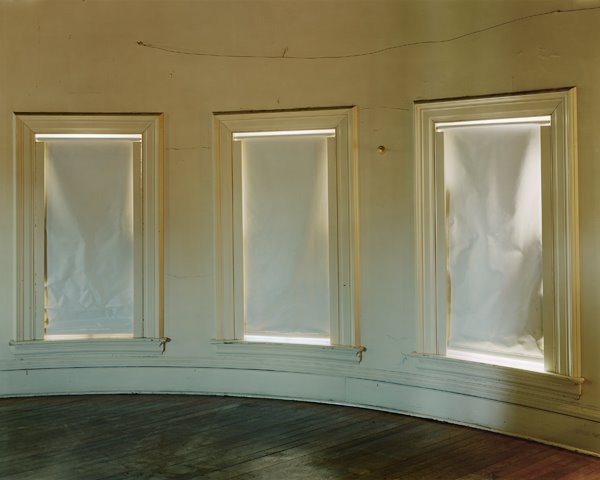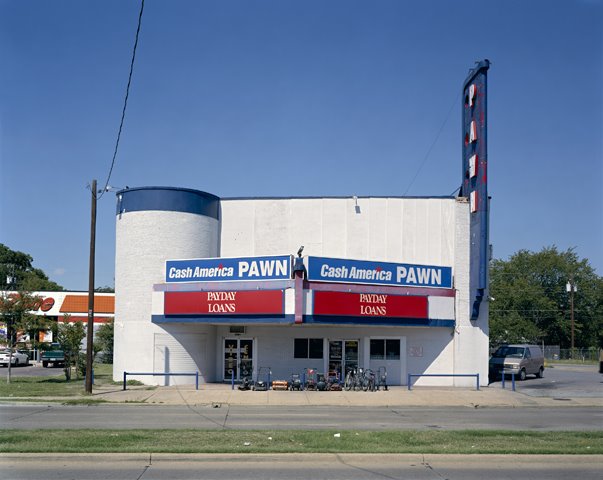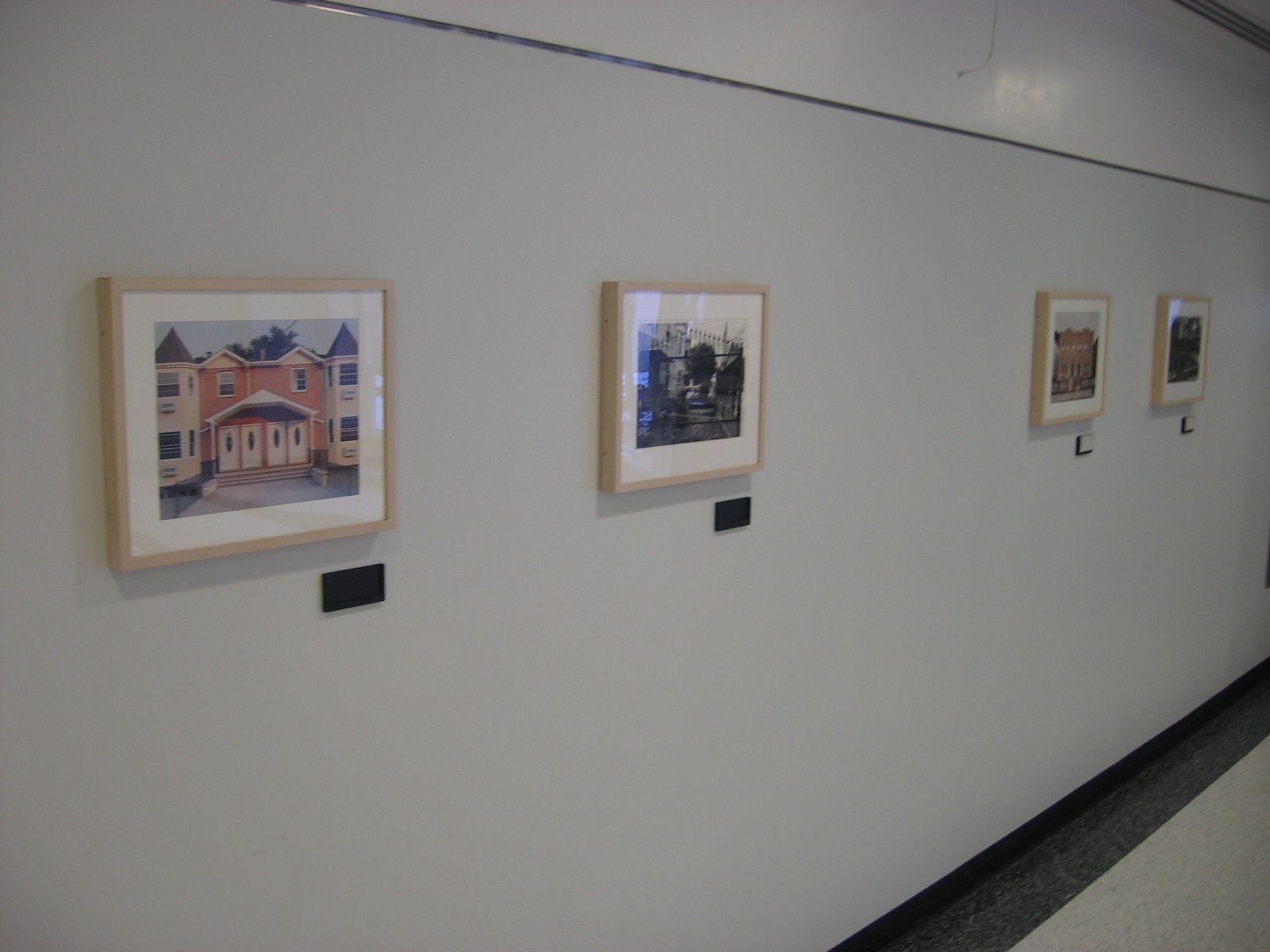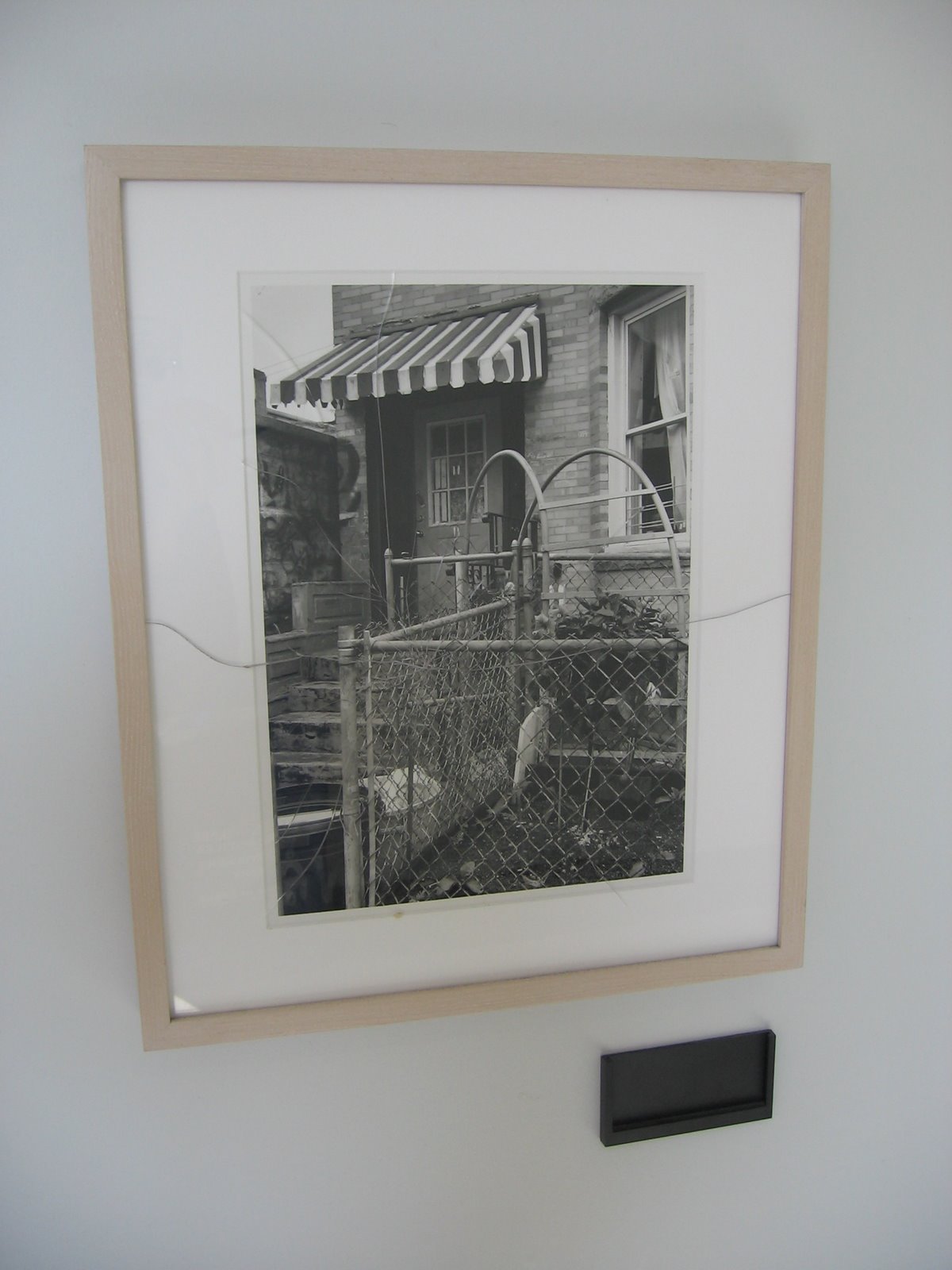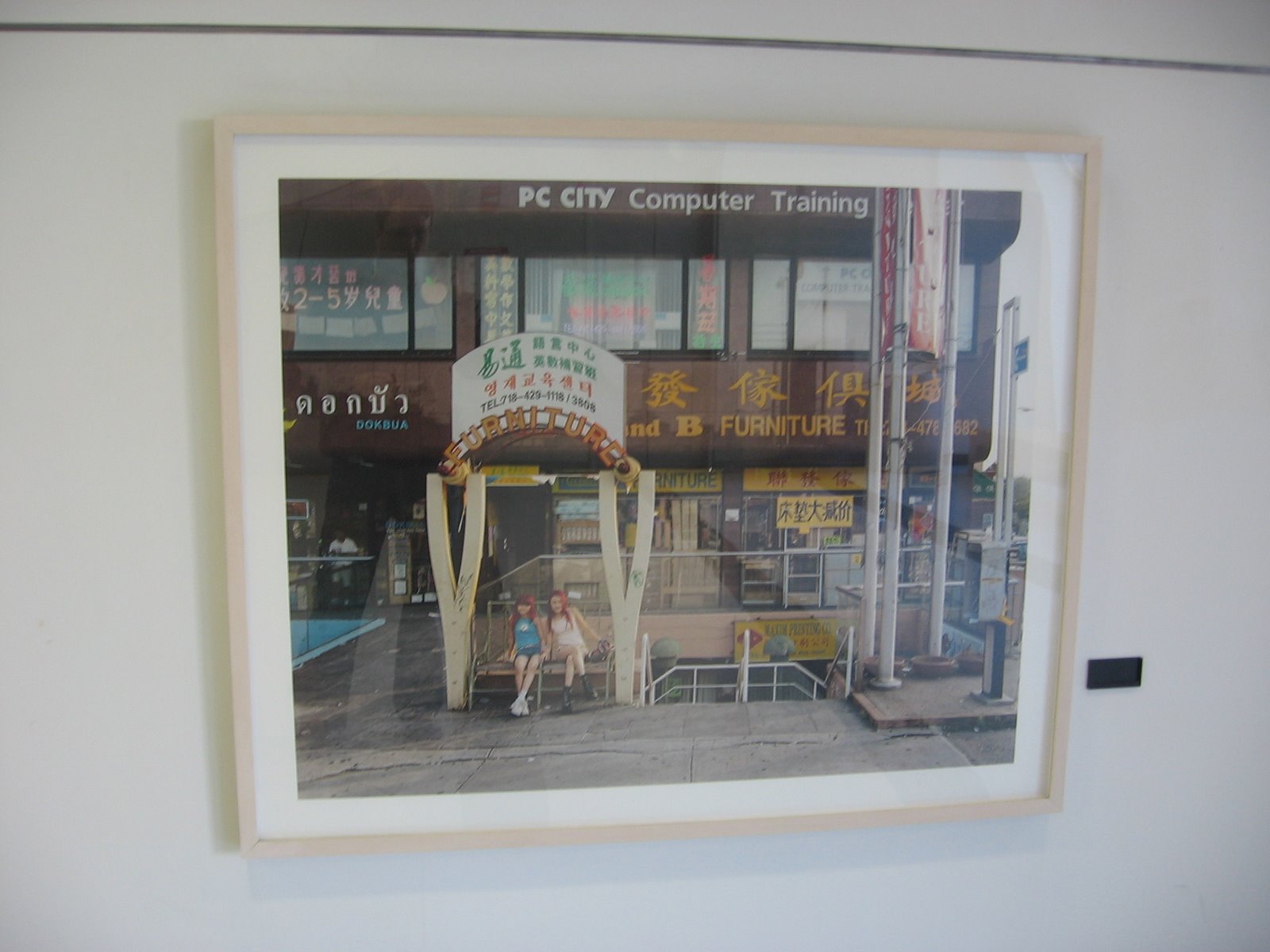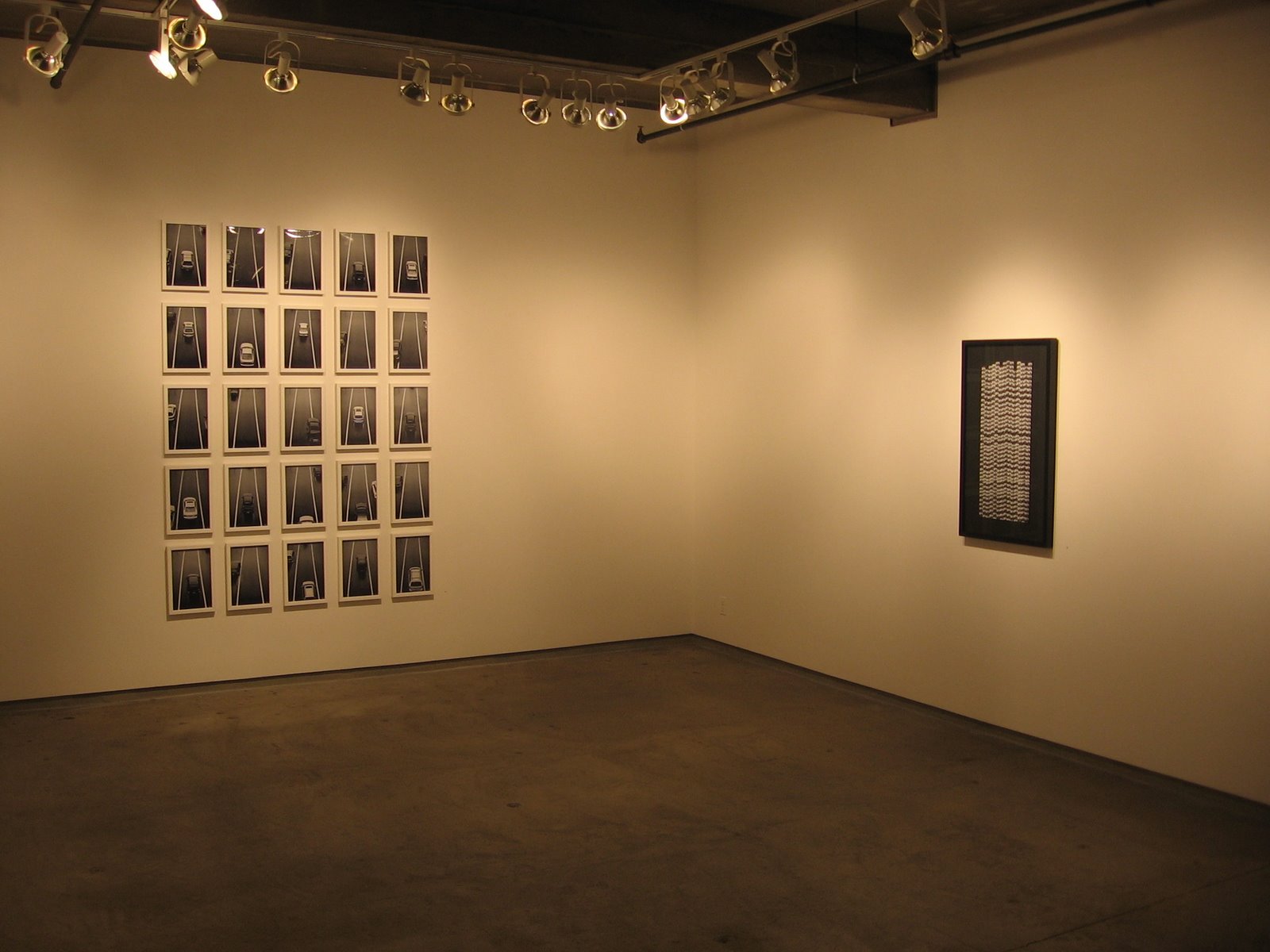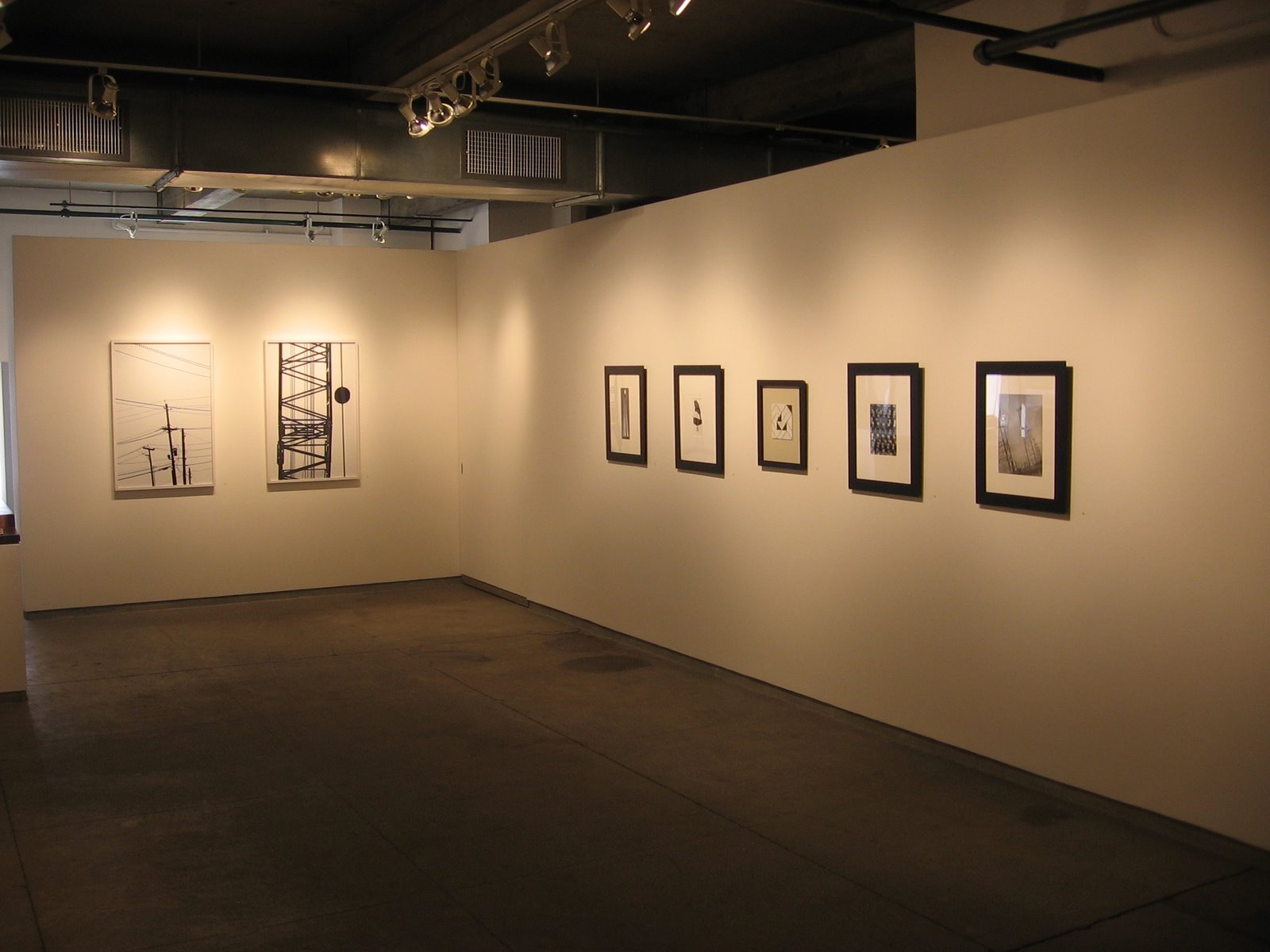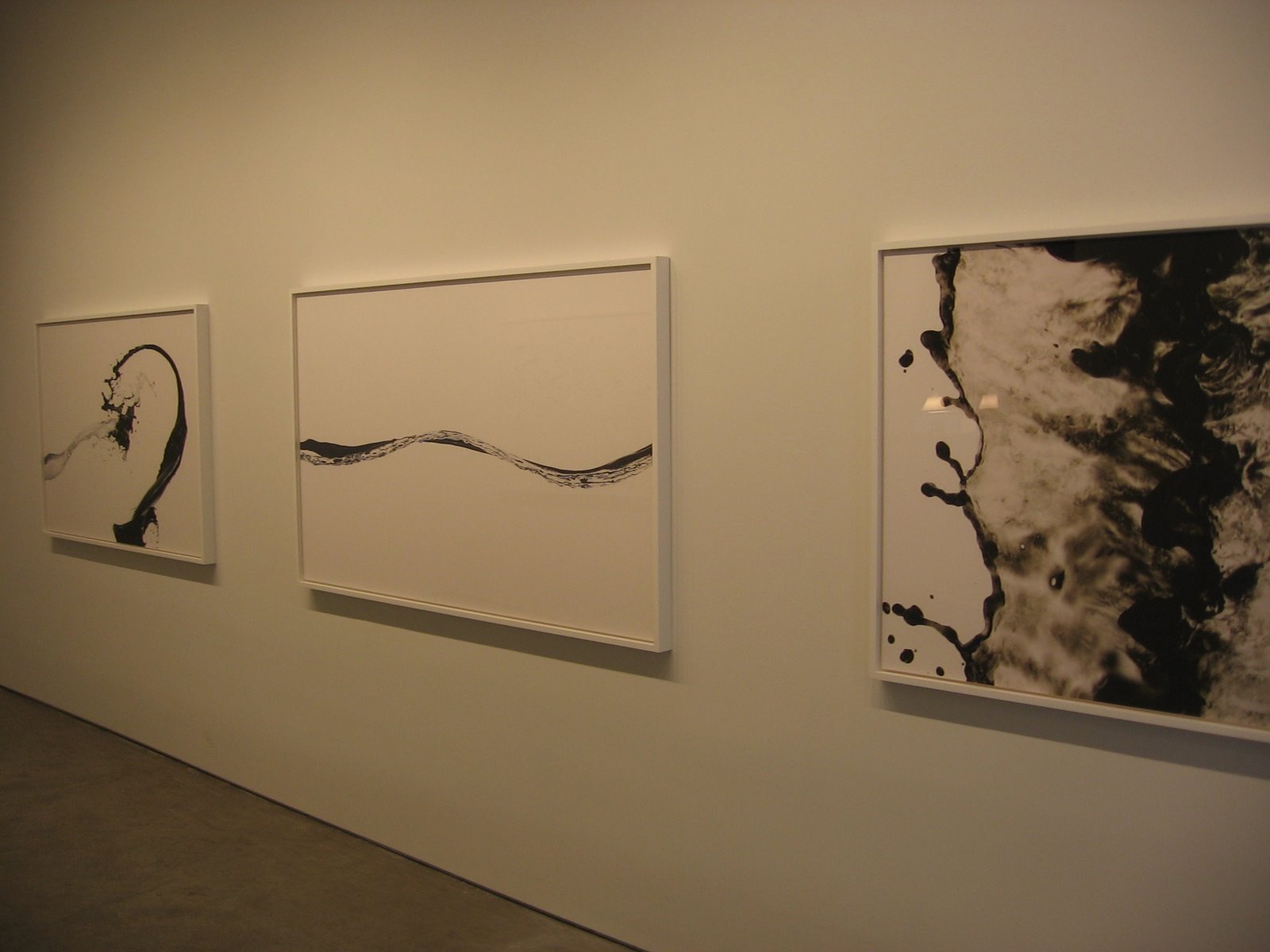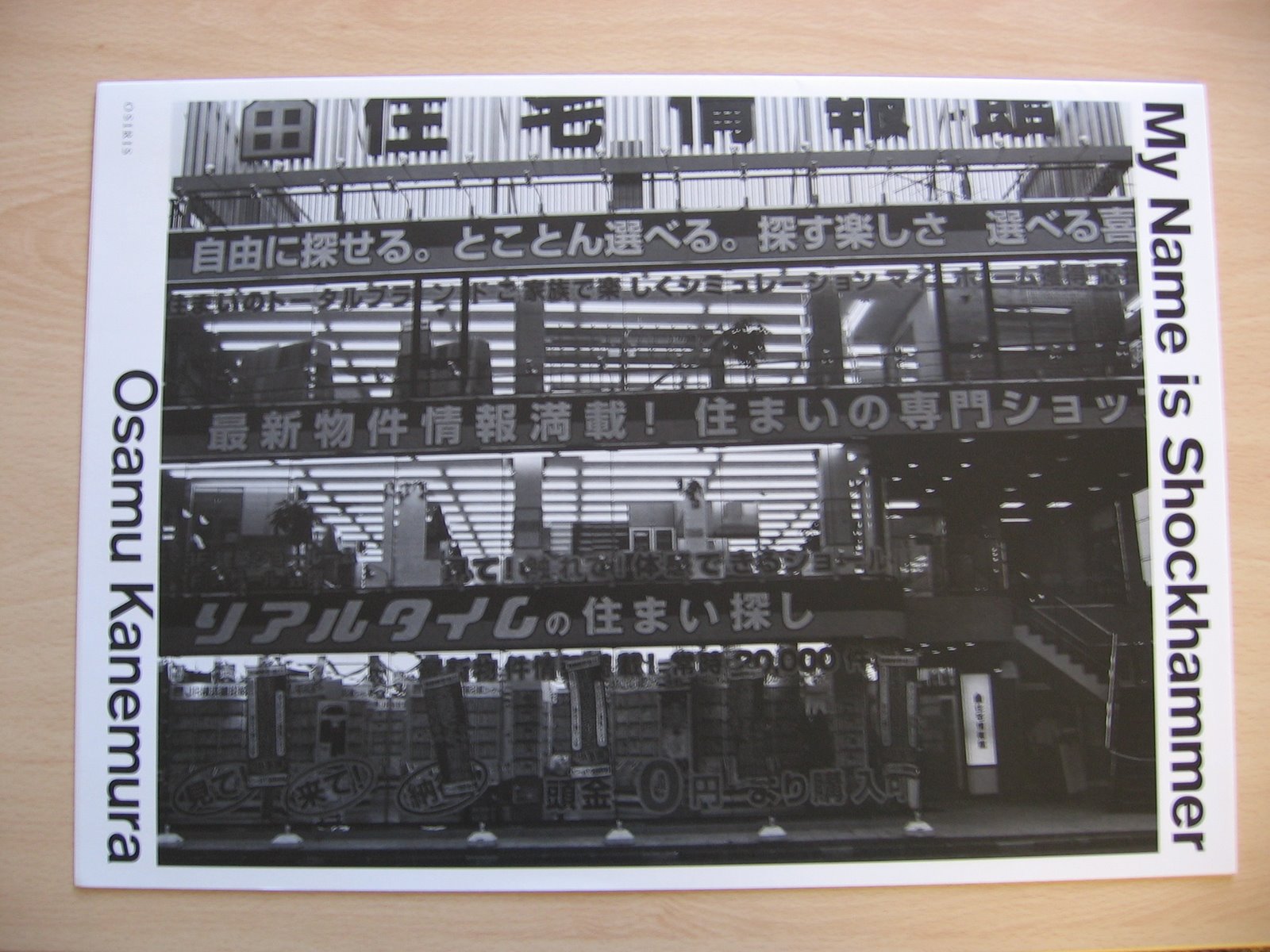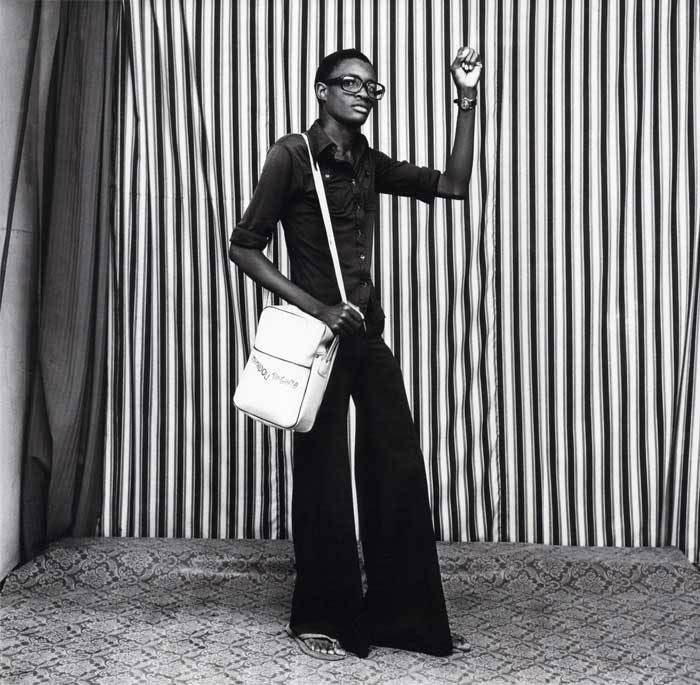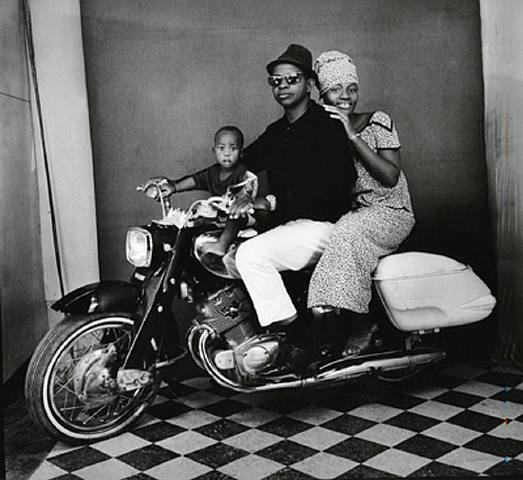Recently I’ve spent some time reflecting on what we are doing with this blog and how to make it better and more relevant for our particular readers. As background to this thought process, I have been diligently reading the blogs listed on our sidebar (via an RSS reader), as well as adding another 15 to 20 that I found via blog rolls and have been trialing for a month or so in the hopes of finding additional voices of interest. What has become apparent to me during this process is that all photography blogs (and likely all art blogs in general) seem to be made up of some combination of three primal instincts: to comment, to curate, and to promote. Here’s what I mean by each:
COMMENT: This represents the process of reacting and responding to the art and photography that we encounter. It includes everything from raw journalistic reportage to reviews, commentaries, essays and criticism. This is generally a text heavy approach, driven largely by a blogger’s ideas and opinions.
CURATE: This represents a need to make sense of the polyvalent, multivariate mix that is the both the art world and the Internet. Here bloggers are selecting what they find of interest from the overwhelming wave of information floating around and presenting a neat package for viewers to digest more easily. Most often, this is a link or image list, but sometimes the links include a short snippet of background or context.
PROMOTE: This represents the need to get the word out about what a blogger thinks is important. Most often, this is his/her own work (if they are photographers or artists), but this approach is regularly used by galleries, museums, book publishers and others who want to put their stuff front and center.
So thus the simple diagram below which began on a scratch pad and tries to provide a “map” for understanding where blogs fit in relation to each other. (Sorry for the bad screen captures.)
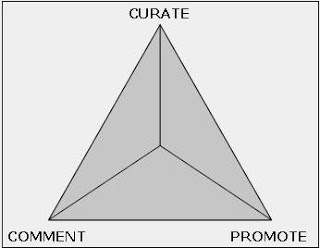 Imagine that there are three strong magnets at each vertex of the triangle, pulling blogs toward the three poles. Each author then makes conscious or unconscious choices about how to balance these three forces as they make their posts day after day.
Imagine that there are three strong magnets at each vertex of the triangle, pulling blogs toward the three poles. Each author then makes conscious or unconscious choices about how to balance these three forces as they make their posts day after day.
And now for the death defying part. At the risk of alienating a number of writers and artists whose work I enjoy and respect, I have taken the liberty of placing all of the blogs from our sidebar into this framework, based on my own personal view of how they approach their craft. I think the results are quite intriguing.
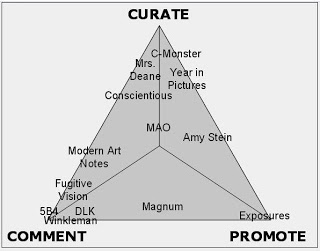 So before you start asking questions, let me make a few explanatory remarks. Let’s start with the cluster of blogs near the COMMENT corner. Edward Winkleman is the purest player here, with a consistent stream of well crafted thoughts and ideas about the art world. The blog is placed just to the right of center, as he does post a promotional message about his gallery’s offerings from time to time, but this is generally not his focus. 5B4 is also a pure player, offering critical reviews and essays about photo books, with a scholar’s eye for publishing details. There is virtually no promotion in this blog, and only a minute dose of curating, in the overall concept that some books are chosen to be reviewed and others are not. Our blog, DLK COLLECTION, and Fugitive Vision are nearly right on top of each other in terms of our criticism heavy approaches, although our rating system is a kind of sideways promotional system (thus putting us nearer PROMOTE, while Fugitive Vision is marginally closer to CURATE). Modern Art Notes is also drawn closest to COMMENT, with a strong daily dose of art reporting and insightful commentary. I have placed it somewhat nearer to CURATE than the others, as link lists are also an important part of what is done on this blog.
So before you start asking questions, let me make a few explanatory remarks. Let’s start with the cluster of blogs near the COMMENT corner. Edward Winkleman is the purest player here, with a consistent stream of well crafted thoughts and ideas about the art world. The blog is placed just to the right of center, as he does post a promotional message about his gallery’s offerings from time to time, but this is generally not his focus. 5B4 is also a pure player, offering critical reviews and essays about photo books, with a scholar’s eye for publishing details. There is virtually no promotion in this blog, and only a minute dose of curating, in the overall concept that some books are chosen to be reviewed and others are not. Our blog, DLK COLLECTION, and Fugitive Vision are nearly right on top of each other in terms of our criticism heavy approaches, although our rating system is a kind of sideways promotional system (thus putting us nearer PROMOTE, while Fugitive Vision is marginally closer to CURATE). Modern Art Notes is also drawn closest to COMMENT, with a strong daily dose of art reporting and insightful commentary. I have placed it somewhat nearer to CURATE than the others, as link lists are also an important part of what is done on this blog.
In the CURATE corner, C-Monster is the purest player, with a significant emphasis on eclectic link lists. Conscientious is also near to this corner, consistently unearthing new photographers of merit and other interesting photo tidbits, with an evenhanded but light dose of commentary and a minimum of promotion. The Year in Pictures and Mrs. Deane are also in close proximity with Conscientious, The Year in Pictures having a slightly heavier hand with publicity.
Near the PROMOTE corner, we have Aperture’s Exposures blog, which is basically a recasting of press releases about books and events. Most artist blogs are centered near this pole, as are the majority of museum blogs (three blogs I have been trialing from SFMOMA, LACMA, and the Walker Art Center all would live in this neighborhood.) Amy Stein’s blog can be a proxy for many artist sites where promotion of the photographer’s work is placed into a mix of other recommendations and items of personal interest (her blog is thus placed between PROMOTE and CURATE). Given the unspoken rule that all artists promote each other, there is virtually no criticism in any of the blogs in this area of the map.
The two remaining blogs, Magnum’s blog and Modern Art Obsession, are outliers. Magnum is doing something quite unusual, in that they are putting forth complex ideas and commentary, within the underlying framework of promoting their artists. And MAO is the only blog I have read that successfully balances all three forces. I believe this is due to the strong and distinctive voice that the blog has, regardless of whether it is reviewing a show, linking to something of interest, or promoting someone. Most blogs can’t survive in the no-man’s land of the middle.
So while no framework is perfect, I hope that this little map can provide some insight into what we are all doing and how we are approaching the task of writing about photography (and art more generally). I offer it with only the best of intentions and respect for all of the other bloggers, and without judgments about the relative values of any particular location on the diagram. For subscribers and readers out there, it is my strong conclusion that to get a full picture of the world of photography (or the larger art world), we will all be required to read from a mix of blog styles, with representatives from each corner (and those in between) bringing different (and sometimes conflicting) viewpoints to help paint the complete picture.
One other aside. I believe that those near CURATE (those who gather up content from a variety of places, sift it and aggregate it) tend to dominate in terms of traffic volume, thus making them powerful middlemen for those in other locations on the diagram. While I think the art/photo blogosphere is mostly driven by a sense of camaraderie, I think these forces and a blog’s spatial relationships to other blogs in the diagram may also tell us something about likely “collaborators” and “competitors”.
I very much like the idea of opening up conversations with other blogs, so I hope this post will catalyze some new thinking.
UPDATE: Some additonal thoughts on this triangle can be found here.
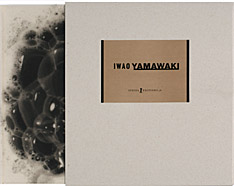
 One email of particular interest included a pointer to the photography auctions being held by
One email of particular interest included a pointer to the photography auctions being held by 